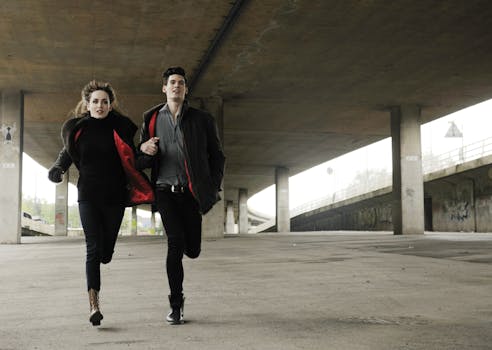The Latest Trends In Diamond Engagement Rings
Share

The engagement ring is a symbol of a promise. The promise is the intention to marry. Such “promise” or “betrothal” rings have probably been around since the 4th century, but their style and has changed dramatically, even if the meaning and tradition remains unchanged.
It began with the Roman Empire. Those betrothed wore an iron ring in private and adorned a more elaborate gold ring during public appearances. The traditional diamond engagement ring didn’t come into play until about the 18th Century. Prior to that, other gem stones started coming into play to dress up the plain gold band.
Selecting an engagement ring with diamonds is an education in and of itself. One learns quickly about the 4 Cs of selecting a diamond. Understanding the 4 Cs will help you make the best choice for your budget.
The 4Cs consist of “Cut,” “Clarity,” Carat,” and “Colour.”
Cut: The cut refers to the shape of the diamond. This can be round, oval, princess (a square shape), Emerald (more rectangular like an emerald), or marquis (pointed on either end.) The cut can greatly impact the brilliance because certain cuts provide more facets to the diamond therefore the opportunity for more light to reflect. A round cut has the greatest number of facets, and if properly proportioned, will appear the most brilliant. An emerald cut diamond has the fewest facets, so larger stones are need to make an impressive display.
Clarity: All diamonds, except the most rare, has some kind of mark, nick, or cloudiness to them caused by flaws. The clarity of the diamond is measured by an alphabetical and numerical scale with the diamonds in the “F” category being completely flawless. Most average jewelry stores carry diamonds in the range of VS1 to S1 ratings where slight flaws are still very difficult to see at 10x magnification.
Carat: Carat is the weight of the diamond. Many eager young couples focus too much on size. A one-carat diamond can be impressive, but if the quality of colour and cut don’t compare with the size, it will not be such a brilliant looking ring. Many couples opt to have a better quality diamond that in the proper setting appears large and put more emphasis on clarity and colour.
Colour: The colour of a diamond is also measured alphabetically. D-I are the whitest, with D being the very whitest. A diamond rated J-L will still be near colourless. The farther down the scale the more yellow the diamond will appear. There are some people who value a large, perfectly cut yellow diamond, but most traditional engagement rings focus on the brilliant white appearance.
Diamond Engagement Rings Today
If you are not necessarily one to stick with tradition, then you may choose an antique ring with smaller diamonds. It may be a sapphire ring with diamonds on the side.

The role of religion or tradition may play into your decision about your engagement ring. If you are Jewish or Christian you may want a ring with meaning related to your faith. A Celtic ring may be a must for those of Irish decent or others who love the rich tradition behind the intricate scroll work.
Whatever style you prefer, just be sure to shop around. There are so many different qualities that make up a special engagement ring, that you can’t rely on price alone to tell you its value.
